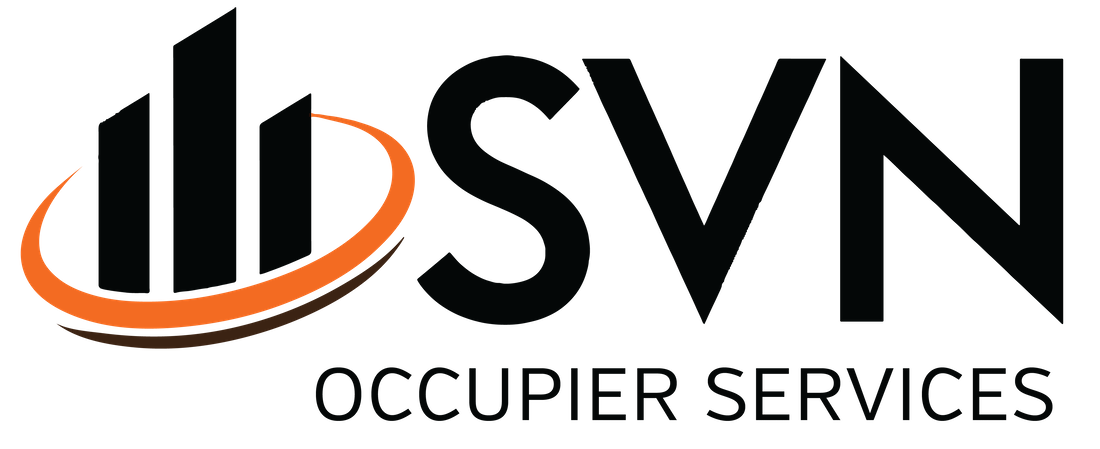What’s the Real Cost of Leasing Office Space?

When leasing office space, the price you see isn’t the full picture. Beyond base rent, there are other expenses and factors that affect your total cost. Knowing what to expect can help you make smarter choices for your business.
Here’s a simple guide to understanding office leasing costs and how to pay only for what you need.
Step 1: Determine the Right Size for Your Office
Start by estimating how much space your team will need. A common rule of thumb is 150–200 square feet per employee or if your a law firm 300-400 square feet per teammate. Also, consider if you'll host clients in your office or need extra space for growth. Planning carefully now can save you money later.
Step 2: Understand How Rent Is Calculated
Office rents are typically listed as a price per square foot, either monthly or yearly. To find your total base rent:
- Multiply the price per square foot by the total size of the space.
- If the rate is yearly, divide by 12 for your monthly rent.
But that’s just the base rent. Your actual monthly payment will depend on the type of lease and additional fees.
Step 3: Know the Difference Between Usable and Rentable Space
- Usable Square Footage: The space exclusively for your business, like private offices or workstations.
- Rentable Square Footage: Includes your usable space plus a share of common areas like lobbies, hallways, and restrooms.
The difference between these two is called the loss factor, which can impact your overall cost.
What Influences the Cost of Leasing Office Space?
Several factors can raise or lower your monthly expenses:
1. Size of the Space
Choose a space that fits your current and future needs. Overspending on unused space wastes money, but running out of room could mean costly moves later.
2. Building Quality
Modern, energy-efficient buildings with high-tech amenities often command higher rents. Older buildings may have lower rates but could require more maintenance or lack desirable features.
3. Location
Prime locations come with premium prices. Consider the value of convenience for your employees and clients versus your budget.
4. Lease Type
The type of lease you sign determines what’s included in your rent.
- Gross Lease (Full-Service Lease): A flat monthly rate that covers rent, utilities, and other costs.
- Net Lease: Includes a lower base rent but adds expenses like property taxes, insurance, and maintenance fees.
- Double Net Lease (NN): Tenant pays base rent plus taxes and insurance.
- Triple Net Lease (NNN): Tenant pays base rent plus taxes, insurance, and common area maintenance (CAM).
5. Increase Over Base Year Operating Expense Costs
When leasing commercial real estate, many landlords use a base year system to calculate shared operating expenses. The base year is typically the first full year of your lease. During this time, the landlord tracks operating costs like property taxes, insurance, maintenance, and utilities. If these expenses rise in subsequent years, tenants are responsible for paying their share of the increase.
Tips for Leasing Smart
- Evaluate Your Needs: Avoid paying for unnecessary space or features.
- Understand the Full Cost: Ask about extra fees like CAM, utilities, and janitorial services.
- Plan for Growth: If you expect to expand, look for flexible leasing options.
Leasing office space is one of the most critical decisions for your business. With the right planning and understanding of costs, you can choose a space that supports your growth and saves money in the long run.
Need expert advice on finding the right office? Let’s connect!
This version simplifies complex terms, focuses on reader-friendly SEO, and emphasizes practical advice.





